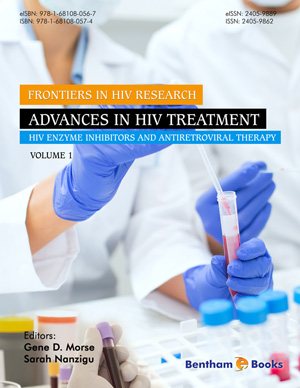Abstract
While Western medicine is based on the paradigm of “one gene, one disease, one drug” and has a reductionistic approach, Chinese medicine is based on functional relationships, and evaluates the patient's pattern of signs and symptoms. Integration of Chinese medicine into Western medicine may be based on changes in sperm number, motility or morphology correlated to diagnostic patterns of TCM syndrome differentiation. The obstructive azoospermias may be secondary to Blood, Phlegm or Dampness stagnation or Heat that blocks the sperm channel. The non-obstructive azoospermias are secondary to Kidney and Liver problems. The decrease in sperm motility may depend on problems in the Sperm Chamber, which is not heated when there is Qi deficiency, or is disturbed by Dampness and Heat. At the base of oligozoospermia there may be a deficiency of congenital Kidney Jing, or sexual excesses which consume Jing, or a Spleen deficiency which then fails to recharge the Kidney, or Perverse energies affecting the Sperm Chamber and causing infertility.
Keywords: Blood Stasis, Damp-Heat, Diagnosis, Integrated, Integration, Jing, Kidney Yin, Kidney Yang, Macroscopic, Microscopic, Paradigm, Pattern, Phlegm, Qi, Reductionistic, Spleen Qi, Stagnation, Stasis, Syndrome Differentiation, Systems Medicine.






















